
2025 Tata Tiago Vs Hyundai Grand i10 Nios: The Clash Of Updated...
- Jan 10, 2025
- Views : 1490

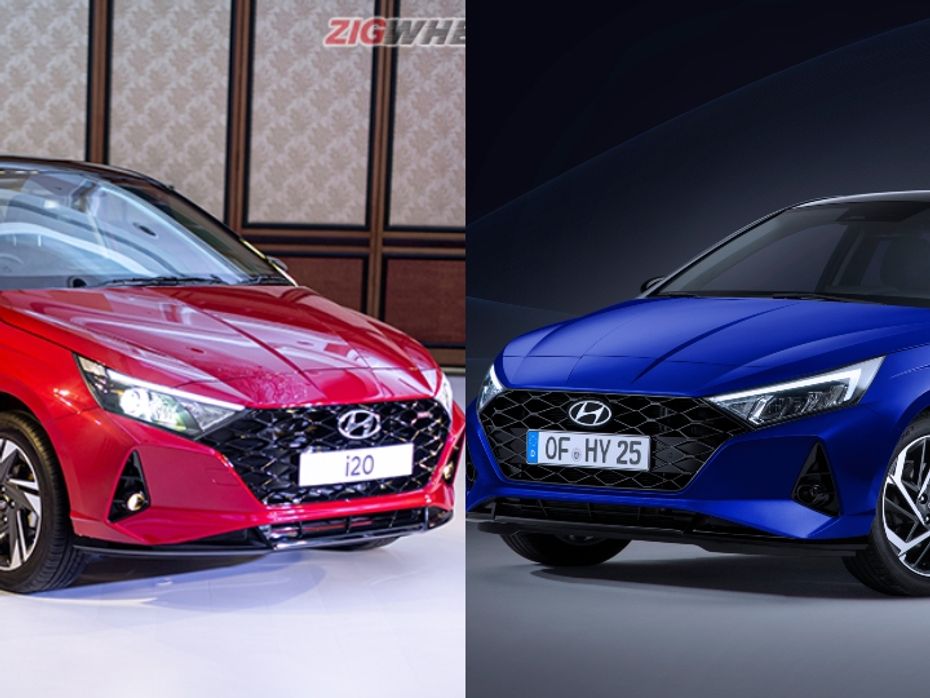
Hyundai India recently launched the third-generation i20 premium hatchback at Rs 6.80 lakh to Rs 11.18 lakh (ex-showroom). The hatchback itself is quite the generational upgrade inside and out. In fact, it has plenty of similarities to the European-spec i20 that debuted back in February 2020. That said, there are certain differences between the two hatchbacks which aren't exactly visible with the naked eye. Here’s more about them:
Slim Margins
|
Measurements (mm) |
2020 i20 (European spec) |
2020 i20 (India spec) |
|
Length |
4040mm |
3995mm |
|
Width |
1775mm |
1775mm |
|
Height |
1450mm |
1505mm |
|
Wheelbase |
2580mm |
2580mm |
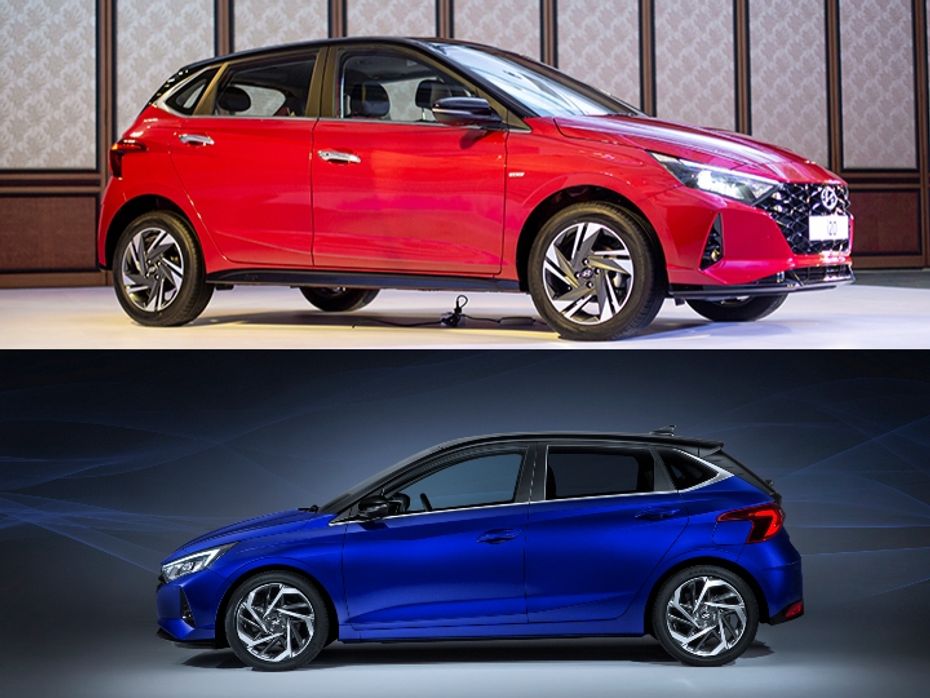
In terms of dimensions, the two hatchbacks are pretty similar aside from the Euro-spec i20 being 45mm longer than its India counterpart. The reason for the India-spec model being shortened is to fit in to the sub-4metre rule. That said, the India-spec i20 is 55mm higher which is more ideal for our roads.
Both hatchbacks are nearly identical with some subtle market-specific differences. The India-spec i20 utilises projector LED headlamps and smaller 16-inch alloy wheels whereas the Euro-spec i20 gets full-LED headlamps and bigger 17-inch alloys. If you look closely towards the rear, the India-spec i20 features a chrome bar that runs across the rear and into the tail lamps. This isn’t present in its European counterpart.
Cabin
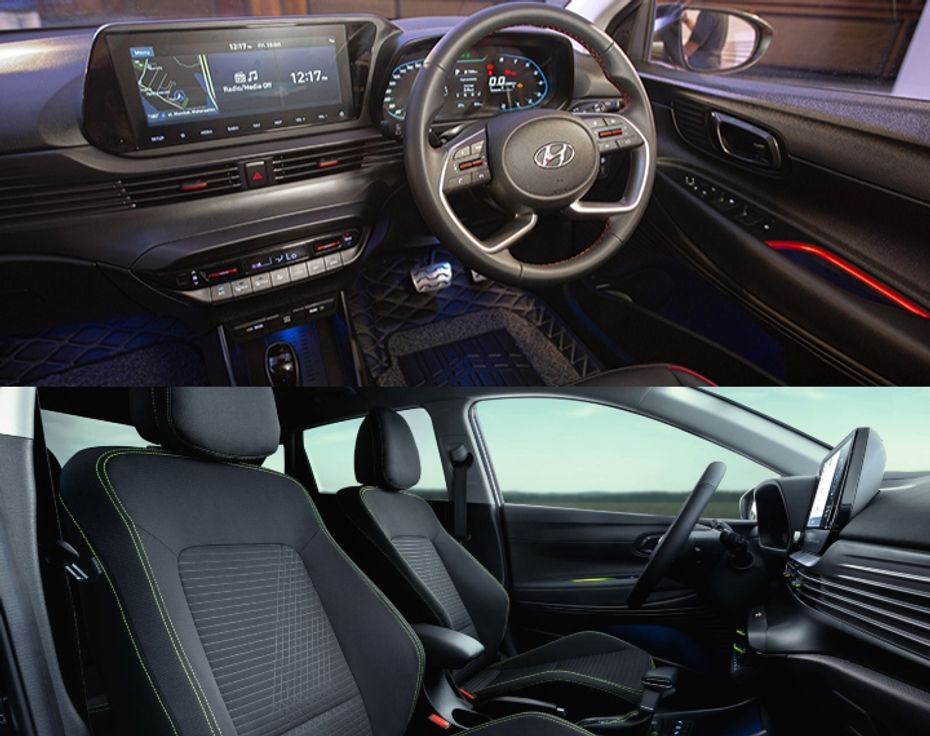
Common cabin highlights include an all-black theme, Audi-like faux AC vents, a 10.25-inch touchscreen infotainment system, and a four-spoke steering wheel. The main difference here is that the India-spec i20 gets the Verna’s semi-digital instrument cluster, instead of the 10.25-inch full-digital display in the Euro-spec i20. The interior trims are also different, with the former getting the option of red accents (turbo variants only) and the latter getting yellow-green accents.
Features
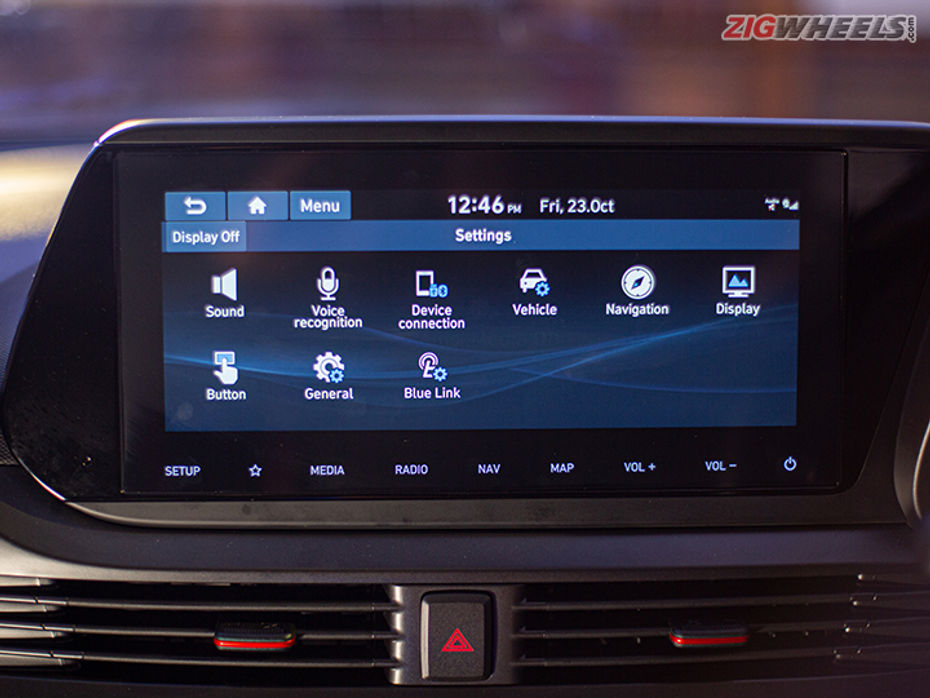
Thankfully, both hatchbacks are loaded with common bits such as Android Auto and Apple CarPlay, BlueLink connected car tech, ambient lighting, wireless charging, keyless entry and push button stop/start, and a Bose sound system. But the Euro-spec i20 edges out with an 8-speaker Bose sound system, compared to the 7-speaker Bose unit in the India-spec i20, as well as Hyundai SmartSense range of safety assists. They include navigation-based smart cruise control, speed limit assist, lane following assist, blind-spot/forward collision avoidance assist, and high beam assist.
Powertrains
|
India-spec |
i20 1.2-litre Petrol |
i20 1.0-litre Turbo-petrol |
i20 1.5-litre Diesel |
|
Power (PS) |
83PS (MT)/88PS (CVT) |
120PS |
100PS |
|
Torque (Nm) |
115Nm |
172Nm |
240Nm |
|
Transmission Options |
5-speed manual / CVT |
6-speed iMT* / 7-speed DCT |
6-speed manual |
*clutchless manual
|
European-spec |
1.2-litre Petrol |
1.0-litre Turbo-petrol Base |
1.0-litre Turbo-petrol 48v mild-hybrid |
1.0-litre Turbo-petrol 48v mild-hybrid T-GDI |
|
Power (PS) |
84PS |
100PS |
120PS |
120PS |
|
Torque (Nm) |
118Nm |
172Nm |
172Nm |
172Nm |
|
Transmission Options |
5-speed MT |
6-speed MT / 7-speed DCT |
6-speed iMT / 7-speed DCT |
6-speed iMT / 7-speed DCT |
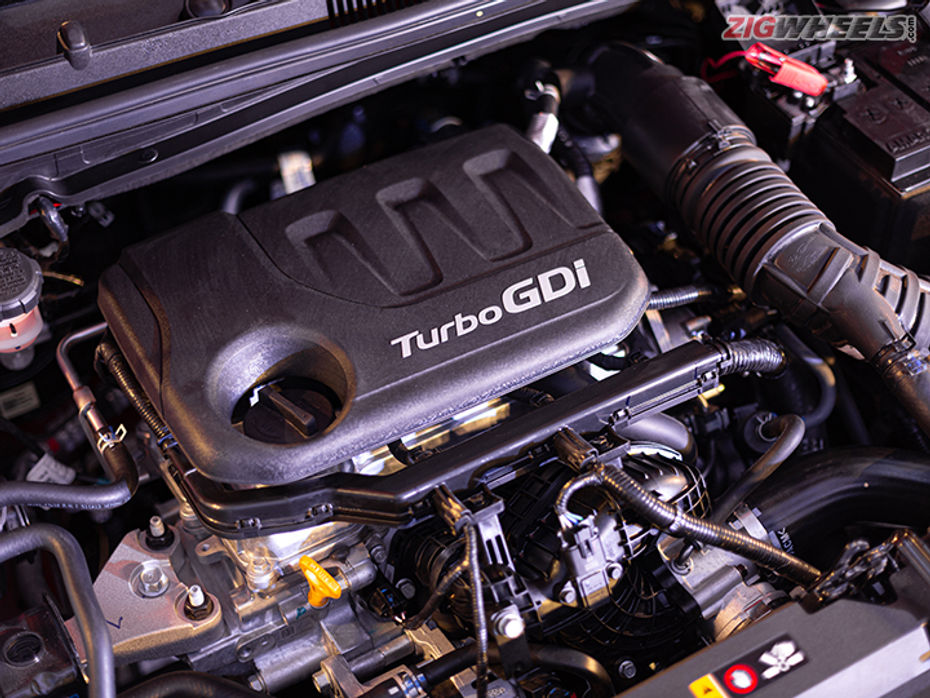
Both hatchbacks get a naturally aspirated 1.2-litre petrol engine as well as a 1.0-litre turbo-petrol engine to work with, but there are slight differences in their configuration. For starters, the 1.2-litre petrol engine in the Euro-spec i20 makes 1PS and 3Nm more than its Indian counterpart with the 5-speed manual gearbox. But it's actually the India-spec i20 that has the more powerful 1.2-litre petrol engine at 88PS if you opt for the CVT gearbox.
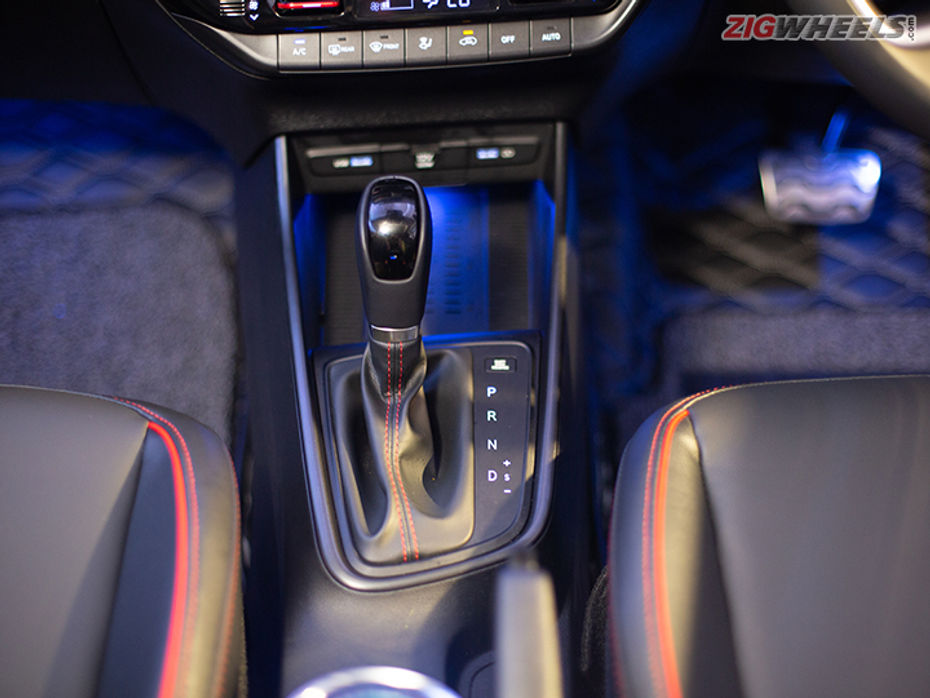
The Euro-spec i20 also offers the 1.0-litre turbo-petrol engine in a lower state of tune as an option and a 48v mild-hybrid system. On the other hand, the India-spec i20 is also powered by a 1.5-litre diesel engine, unlike its European counterpart which is a petrol-only hatchback. Coming to the transmissions on offer, the Euro-spec i20 misses out on a CVT gearbox option for the 1.2-litre petrol engine. Also, the base 1.0-litre petrol variant can be had with a regular 6-speed manual, with the higher end variant featuring the same 6-speed iMT/ 7-speed DCT gearbox options as its Indian counterpart. As a whole, both hatchbacks have their slight pros and cons despite sharing the same petrol-powered engines.

Overall, the Hyundai i20 in India is nearly on par with the hatchback sold abroad and covers pretty much most of what you’d want in a car from this segment. It is offered in four variants: Magna, Sportz, Asta and Asta (O). It rivals the Tata Altroz, Honda Jazz, Volkswagen Polo, Maruti Suzuki Baleno, and Toyota Glanza.

2025 Tata Tiago Vs Hyundai Grand i10 Nios: The Clash Of Updated...

New Kia Syros Takes On The Kia Carens: Features, Specifications, And...

Kia Syros vs Hyundai Exter: Two Distinctly Sized Korean SUVs Compared...

Is The Kia Syros More Compelling Than The Best-selling Hyundai Creta?

Kia Syros vs Maruti Brezza: Most Premium Sub-4m SUV Compared With The...

Kia Syros Vs Hyundai Venue: Korean Subcompact SUVs Compared

Kia Syros Vs Skoda Kylaq: Comparison Between The Two Latest Sub-4m...

Kia Syros vs Kia Seltos: Can The New Kia Subcompact SUV Outshine Its...

Kia Syros vs Sonet: A Detailed Comparison Of The Two Sub-4m SUVs

Mahindra Thar Roxx, Scorpio N, Thar Go Off-Roading! The OG Proves Its...
India's largest automotive community
 Kia Syros: Everything You Need To Know About It Ahead Of Its Launch
Kia Syros: Everything You Need To Know About It Ahead Of Its Launch
 Maruti Suzuki Introduces This Safety Feature For The FIRST Time With The e Vitara, Along With 7 Other Comfort And Convenience Equipment
Maruti Suzuki Introduces This Safety Feature For The FIRST Time With The e Vitara, Along With 7 Other Comfort And Convenience Equipment
 Mahindra XEV 9e: Upsides And Downsides Of The Premium Electric SUV Coupe
Mahindra XEV 9e: Upsides And Downsides Of The Premium Electric SUV Coupe
 8 Features The Kia Syros Gets Over The Tata Nexon
8 Features The Kia Syros Gets Over The Tata Nexon
 Vayve Mobility Eva
Rs. 3.25 Lakh
Vayve Mobility Eva
Rs. 3.25 Lakh
 BMW X3
Rs. 75.80 Lakh
BMW X3
Rs. 75.80 Lakh
 Hyundai Creta Electric
Rs. 17.99 Lakh
Hyundai Creta Electric
Rs. 17.99 Lakh
 Lotus Emira
Rs. 3.22 Crore
Lotus Emira
Rs. 3.22 Crore
 Lotus Emeya
Rs. 2.33 Crore
Lotus Emeya
Rs. 2.33 Crore